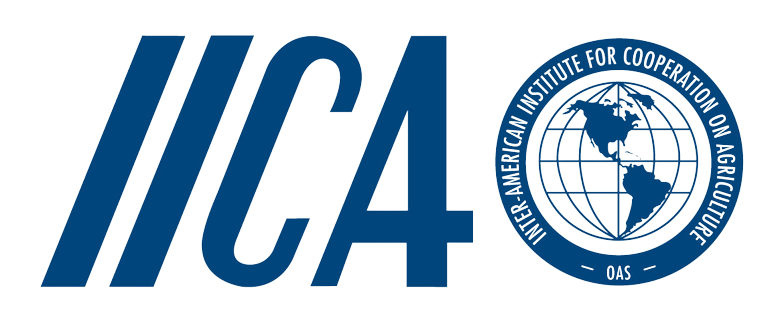COVID-19 and acute pulmonary embolism: what should be considered to indicate a computed tomography pulmonary angiography scan?
Abstract The full spectrum of COVID-19 is still emerging, although several studies have highlighted that patients infected with the novel coronavirus can potentially develop a hypercoagulable state. However, several aspects related to the incidence and pathophysiology of the association between COVID-19 and pulmonary embolism are not well established. Here, we present a case of a patient with COVID-19 who developed acute pulmonary embolism. Clinical and laboratory data and findings of non-enhanced CT indicate possibility of acute pulmonary embolism, and support the decision to proceed with computed tomography pulmonary angiography that can objectively identify filling defects in pulmonary arterial branches.
Saved in:
| Main Authors: | Moreira,Bruno Lima, Santana,Pablo Rydz Pinheiro, Zanetti,Gláucia, Marchiori,Edson |
|---|---|
| Format: | Digital revista |
| Language: | English |
| Published: |
Sociedade Brasileira de Medicina Tropical - SBMT
2020
|
| Online Access: | http://old.scielo.br/scielo.php?script=sci_arttext&pid=S0037-86822020000100712 |
| Tags: |
Add Tag
No Tags, Be the first to tag this record!
|
Similar Items
-
Incidence and morphological characteristics of the reversed halo sign in patients with acute pulmonary embolism and pulmonary infarction undergoing computed tomography angiography of the pulmonary arteries
by: Mançano,Alexandre Dias, et al.
Published: (2019) -
The impact of an electronic clinical decision support for pulmonary embolism imaging on the efficiency of computed tomography pulmonary angiography utilisation in a resource-limited setting
by: Murthy,C, et al.
Published: (2016) -
Concomitant COVID-19 and pulmonary tuberculosis: computed tomography aspects
by: Mançano,Alexandre Dias, et al.
Published: (2022) -
Frequency of spontaneous detection of pulmonary arterial thrombi in unenhanced chest computed tomography in patients diagnosed with pulmonary embolism
by: Torres,Pedro Paulo Teixeira e Silva, et al.
Published: (2022) -
Thrombolysis in acute pulmonary embolism
by: Bottega,Tiago Spiazzi, et al.
Published: (2020)




